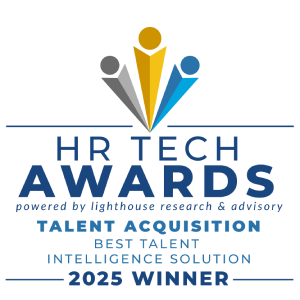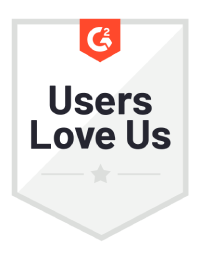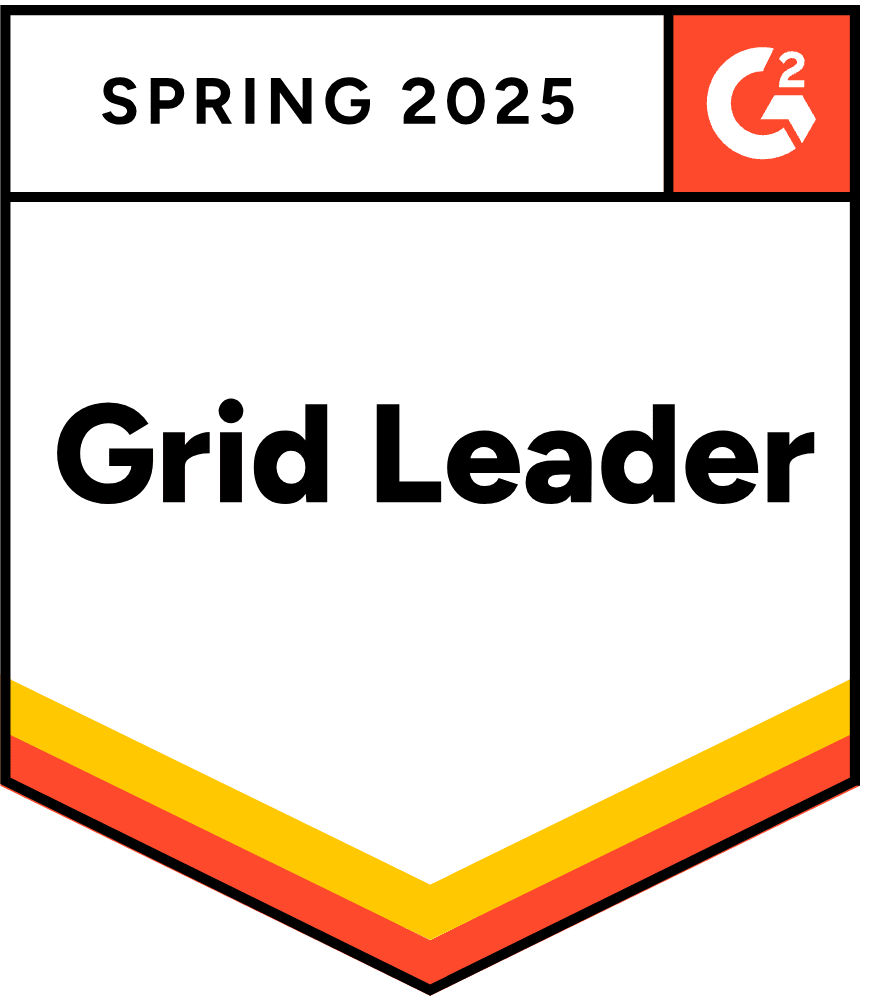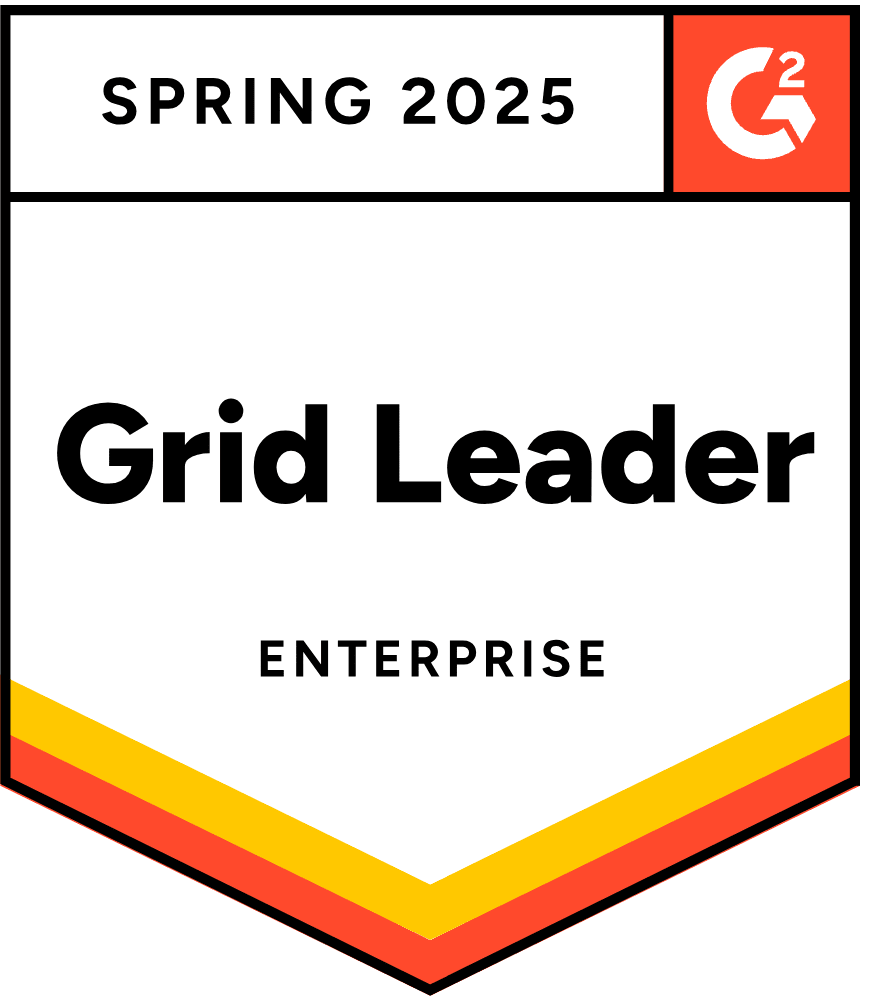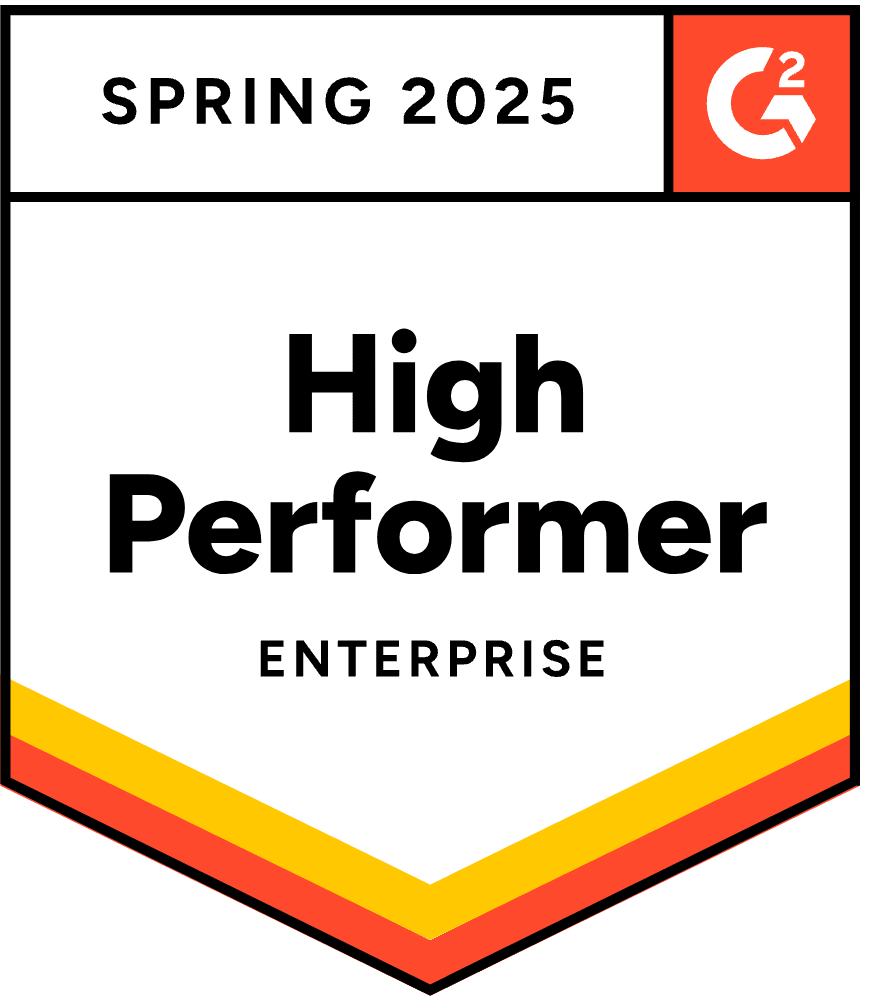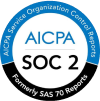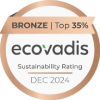Introduction
Recruiting has always been about conversations. But what if some of those didn’t need a human on the other end?
As hiring demands grow and candidates expect instant, personalized engagement, a new kind of voice is entering the scene. It sounds natural. It works 24/7. And it’s quietly transforming how top talent teams connect, screen, and scale. If you’ve heard the buzz around “AI voice recruiters” but aren’t sure what’s real, what’s hype, or where to even start – you’re in the right place.
What Is an AI Voice Recruiter?
An AI voice recruiter is a conversational voice agent designed to handle key parts of the hiring process – typically the repetitive, time-consuming ones. It can call candidates, ask screening questions, answer FAQs, schedule interviews, and even follow up, all through natural, human-sounding dialogue.
Powered by speech recognition and natural language processing (NLP), these systems don’t just “read from a script.” They understand intent, respond contextually, and keep the conversation flowing. Very much like a real recruiter would.
The goal isn’t to replace human recruiters, but to extend their reach. While the AI handles initial touchpoints, recruiters get more time to think strategically, align stakeholders, and make sure candidate interactions are truly meaningful – all those points in the journey where the human touch truly matters.
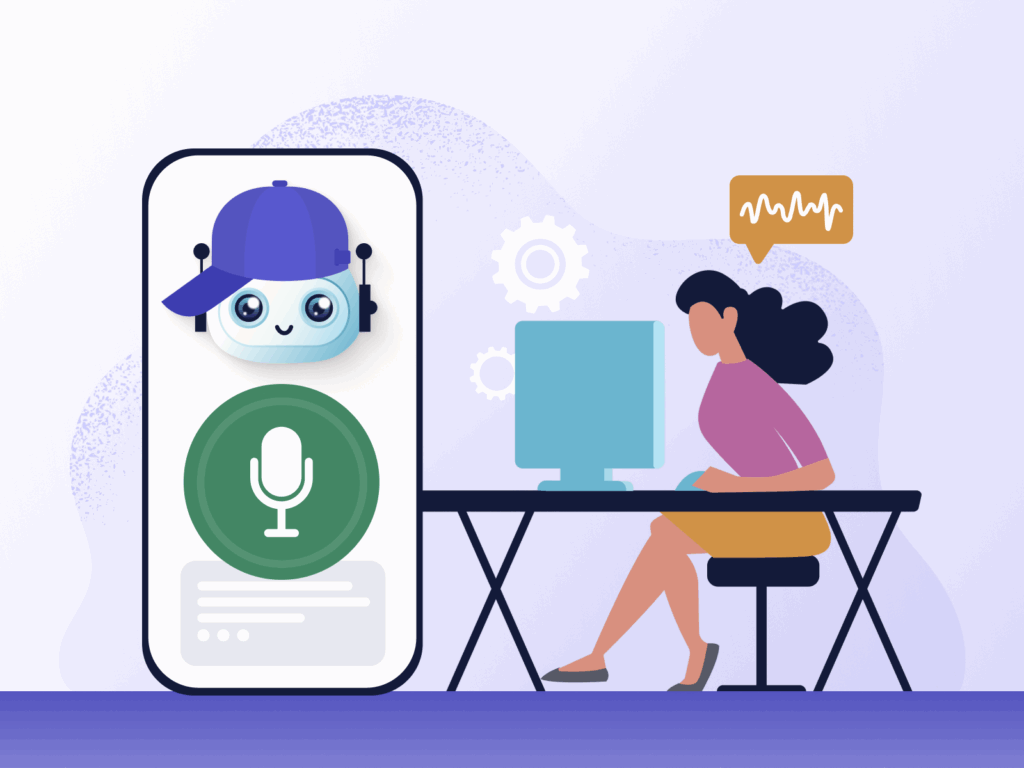
How Does an AI Voice Recruiter Work?
At its core, an AI voice recruiter combines several technologies to simulate a natural, human-like hiring conversation at scale. The key building blocks are speech recognition, NLP, text-to-speech (TTS), and dialog management.
Here’s how it works.
When a candidate responds – whether by phone, voice note, or another channel – speech recognition converts their spoken words into text. NLP then interprets what they said, understands the intent, and figures out what should happen next.
Responses are delivered through TTS, which converts the AI’s text-based answers into smooth, human-sounding audio — not the clunky, robotic tones you had to shout “operator” at ten years ago. The conversation follows a smart path, typically structured with decision trees and guided by dialog management. This lets the AI stay on track, manage detours, and adapt when a candidate says something unexpected.
There are two types of flows:
- Outbound: The AI calls or messages the candidate first (e.g., post-apply screening)
- Inbound: The candidate responds to a voice prompt or missed call
AI voice recruiters have the ability to manage thousands of conversations at once, all consistently, contextually, and without losing the human touch.
AI Voice Recruiters vs. Traditional Screening Tools
Recruiters have long relied on a mix of emails, forms, and phone calls to screen candidates. While these tools still have their place, they come with trade-offs, particularly when hiring at scale. Now, AI voice recruiters are stepping in to solve for the gaps that traditional methods often can’t keep up with.
Here’s how the two approaches compare:
| Feature | Traditional screening | AI voice recruiter |
| Speed | Manual calls take time and depend on recruiter availability | AI engages candidates instantly, 24/7 |
| Personalization | Limited by scripts and recruiter bandwidth | Dynamic responses based on candidate input |
| Consistency | Varies by recruiter, mood, or fatigue | Same experience for every candidate, every time |
| Scalability | Struggles with high-volume roles | Handles thousands of conversations in parallel |
| Bias risk | Human bias (conscious or unconscious) can creep in | Follows standardized scripts, reducing variability |
| Engagement rates | Lower response outside working hours or due to call fatigue | Higher pickup and reply rates with timely voice touchpoints |
Traditional tools rely heavily on recruiter time and that often means delays, missed follow-ups, or rushed conversations. AI voice recruiters, on the other hand, never forget to call, don’t get tired, and treat every candidate equally.
That’s not to say one replaces the other entirely. But in early-stage hiring, especially for high-volume or repetitive roles, voice AI can take the lead, so your recruiters can focus on what they do best: building relationships, closing offers, and hiring strategically.
Why Voice AI Is Reshaping Modern Recruitment
Recruitment is moving faster and is less forgiving. Talent teams are under pressure to fill roles quickly, efficiently, and at scale, all while delivering a great candidate experience. It’s no longer enough to just post a job and wait.
When it comes to high volume hiring, recruiters are expected to screen hundreds – sometimes thousands – of candidates in a matter of days. Traditional tools simply weren’t built for that level of output.
At the same time, burnout across talent teams is real. Repetitive screening calls, no-show interviews, and candidate ghosting drain energy and morale. Recruiters are spending hours each week on manual tasks that don’t require human judgment,just availability and patience. That’s not sustainable.
On the flip side, candidates now expect immediate, personalized communication. They’re used to real-time responses in every other part of their digital lives – from banking to food delivery. Long wait times or lack of follow-up from employers? That’s a dealbreaker, especially in competitive talent markets.
That’s exactly where voice AI comes with its huge impact – not as a replacement, but as an extension of the recruiting team. It keeps conversations moving even when recruiters are offline. It screens candidates at scale without compromising on tone or consistency. And most importantly, it creates breathing room for recruiters to focus on what really matters.
In short, the recruitment process is evolving and with it comes tremendous opportunity. AI voice recruiting is emerging as a powerful driver of that change, offering talent teams new ways to scale, engage, and compete.
What Are the Benefits of Using AI Voice Recruiters?
AI voice recruiters are a big time-saver and they’re also a strategic edge for modern hiring teams. From faster screening to improved candidate experience, here’s how voice AI delivers real, measurable impact across the recruitment funnel.
1. Faster candidate screening at scale
AI voice recruiters can screen hundreds of candidates in the time it takes a human to call just a few. They operate around the clock meaning. No lunch breaks. No out-of-office delays (not that they’re bad for human recruiters). This speed shortens time-to-fill and keeps top candidates engaged before they lose interest or accept another offer.
2. 24/7 candidate engagement and follow-up
Unlike recruiters bound by working hours, voice AI works around the clock, following up with leads, rescheduling missed interviews, and answering FAQs. Always-on means fewer drop-offs, better engagement in different time zones, and less pressure on teams during high-volume hiring surges.
3. Consistent and bias-free conversations
Every candidate gets the same tone, questions, and experience regardless of time, location, or recruiter mood. This helps reduce unconscious bias and creates a fairer, more standardized process – especially in the early stages of hiring. It also ensures compliance with scripted questions for regulated industries.
4. Improved candidate experience and response rates
Candidates really appreciate timely, clear, and conversational outreach. With voice AI, they’re not left waiting for callbacks or forced to decipher generic emails. Natural-sounding conversations (often in local languages) improve comfort and trust, which in turn boosts reply rates, show-up rates, and overall satisfaction with the hiring process.
5. Significant time savings for recruiters
AI voice agents, as we know by now, can take over repetitive tasks like initial screening, availability checks, and first-round scheduling. Recruiters get back hours each week to focus on higher-value work like nurturing top talent, stakeholder collaboration, and closing offers. It’s a workload reducer, not a job replacer.
6. Stronger performance in high-volume and hourly hiring
For industries that need to hire fast and often (think retail, hospitality, BPOs, logistics) AI voice recruiters offer the scalability that human teams can’t match. They can instantly reach out to thousands of applicants, qualify them against role-specific criteria, and move them through the funnel without bottlenecks. Zero.
7. Multilingual and localized conversations
Modern voice AI platforms are able to support multiple languages and regional accents, and that means better engagement in diverse markets. Whether you’re hiring across different states or countries, candidates will hear a voice that feels familiar and accessible which removes barriers and creates a more inclusive experience.
8. Actionable insights and analytics
Beyond conversations, voice AI platforms generate rich data – from drop-off points to FAQs. These help optimize job ads, improve screening criteria, and refine workflows. When integrated with your ATS or analytics stack, this data becomes a very powerful feedback loop for continuous improvement.
Use Cases Across the Recruiting Funnel
AI voice recruiters aren’t just a screening shortcut, they’re becoming a flexible layer across the entire recruiting funnel. From initial contact to onboarding, here’s how voice AI can plug in at key stages to boost efficiency, reduce manual work, and improve candidate experience.
1. First-round screening
This is the most common use case and one where AI voice recruiters shine. Instead of recruiters spending hours asking the same five questions, a voice agent can call or message candidates immediately after they apply, run through pre-screening criteria (like work eligibility or shift availability), and pass qualified candidates forward automatically.
2. Interview scheduling
AI voice recruiters can check candidate availability in real time and sync with your interview calendar or ATS to lock in a time without back-and-forth emails. Some platforms even handle rescheduling or send reminders to reduce no-shows.
3. Re-engagement from CRM or talent pools
Voice AI can revive past applicants sitting dormant in your ATS or CRM. With a friendly outreach call or voice note, the AI can ask if the candidate is still open to roles, update preferences, and route them to current openings – all without recruiter intervention. This is a high-impact, low-lift way to make the most of your existing database.
4. Drop-off recovery
When a candidate starts an application but doesn’t finish, voice AI can follow up, either via call or automated voicemail asking if they had trouble applying, or if they’d prefer to continue the process via voice. This turns a cold lead into a warm conversation and helps rescue high-potential talent that might otherwise be lost.
5. Onboarding nudges and pre-day-one engagement
Once a candidate is hired, voice AI can be used to deliver onboarding instructions, confirm start dates, share FAQs, or even check if documentation is complete. This use of voice AI ensures that new hires feel informed and supported without recruiters chasing paperwork.
6. Referral follow-ups
Got an employee referral program? AI voice recruiters can reach out to past employees or referrers, ask if they know someone for a role, and even collect contact details (with consent, of course). This keeps the referral engine running even when your internal team is focused elsewhere.
7. Lead capture at events or job fairs
In physical or virtual events, voice AI can follow up with leads collected via QR codes or sign-ups. Instead of letting those leads sit in spreadsheets, the AI can start screening within hours of the event giving you a head start on competitors.
Whether it’s screening, scheduling, or re-engaging candidates, AI voice recruiters are increasingly becoming the connective tissue across modern hiring workflows and helping TA teams respond faster, convert more leads, and reduce manual overhead at every stage of the funnel.
How to Implement an AI Voice Recruiter in Your Hiring Process
Adopting voice AI in recruitment isn’t just a plug-and-play decision. It should take thoughtful planning to ensure it fits seamlessly into your workflow, tech stack, and candidate experience. To make your life a little easier, here’s a clear, step-by-step approach to making it work.
Step 1: Map your existing hiring workflow
Start by understanding where voice AI can deliver the most value.
- Are your recruiters spending hours on repetitive screening?
- Are you struggling with candidate drop-offs or slow follow-ups?
- Do you have a backlog of past applicants sitting untouched?
Identify high-volume, high-friction stages in the funnel. Those are your best entry points for voice automation.
Step 2: Define clear use cases
Don’t try to automate everything on day one. Pick focused, high-impact use cases such as:
- First-round screening for hourly roles
- Re-engaging past candidates in the ATS
- Interview scheduling and follow-up reminders
Align use cases with hiring goals like reducing time-to-fill, boosting engagement, or increasing recruiter capacity.
Step 3: Choose the right voice AI partner
Not all voice AI solutions are created equal. When evaluating vendors, ask:
- Is the voice agent customizable to your brand tone and scripts?
- Does it support multiple languages and accents if needed?
- How does it integrate with your ATS or CRM?
- Is the system capable of handling both outbound and inbound flows?
Also review compliance protocols (GDPR, CCPA, etc.) and how candidate consent is managed.
Step 4: Customize scripts and flows
Once you’ve chosen a platform, work closely with the provider to:
- Define the conversation logic (screening criteria, fallback answers)
- Localize voice prompts by region or role
- Add personalization based on job type or audience segment
Keep the tone conversational, clear, and on-brand, because the more human it feels, the better the experience!
Step 5: Train your team and set expectations
Even though the AI handles the conversations, your recruiting team needs to understand how it works – this helps reduce hesitation and builds internal trust in the tool.
- Align on workflows (e.g., what happens after the AI qualifies a candidate?)
- Ensure recruiters can jump in when needed for human handoffs
- Clarify what data is collected and how it’s used
Step 6: Launch a pilot
Start small – ideally with a single department, geography, or job family.
- Monitor response rates, drop-offs, and recruiter feedback
- Tweak scripts, time-of-day outreach, or handoff logic based on early results
- Measure ROI through metrics like reduced time-to-screen and increased conversion rates
A 30- to 60-day pilot is usually enough to see clear patterns.
Step 7: Scale and optimize
Once the pilot proves effective, expand to other roles and stages.
- Layer in more use cases (e.g., onboarding, referrals)
- Integrate voice data into analytics dashboards or candidate scoring models
- Regularly update scripts to reflect role changes or market shifts
Think of this as a long-term automation layer and not a one-time exploratory activity.
Voice AI works best when it’s tightly aligned with your hiring goals, people, and platforms. With the right foundation, it can quickly go from experiment to essential.
How to Choose the Right AI Voice Recruiter
Choosing the right partner can make or break your rollout. Whether you’re piloting voice AI for the first time or looking to scale across roles, here’s what to look for.
Natural, human-like interaction
Pay close attention to voice quality. The best platforms use advanced text-to-speech and NLP models that sound conversational and not robotic. Look for options that support multilingual capabilities and accents relevant to your talent markets.
Customizable workflows and integrations
Choose a solution that lets you tailor screening questions, decision logic, and hand-off points. Native integrations with your ATS or CRM will reduce operational friction and improve data flow.
Scalability and reporting
Ensure the platform can handle high-volume hiring without performance lags and provides reporting on drop-offs, completion rates, and candidate sentiment. These insights are key to optimizing your funnel over time.
Compliance, privacy and ethical AI use
Your provider must comply with global data regulations like GDPR, CCPA, and country-specific telecom laws. Look for built-in candidate consent flows, clear disclosure that the interaction is with AI, and secure voice data handling. Ethical AI also means minimizing bias in conversation logic and maintaining transparency throughout the process.
Support and ongoing optimization
Beyond implementation, does the vendor offer support for script updates, data insights, or technical troubleshooting? Voice AI is not a one-and-done tool, it needs refinement as roles and candidate expectations evolve.
Choosing the right AI voice recruiter is as much about trust and alignment as it is about tech. Get it right, and you’ll unlock speed, scale, and satisfaction in your hiring.
How AI Voice Recruiters Complement Human Recruiters
AI voice recruiters aren’t here to replace your team. They’re designed to amplify it.
By taking over repetitive, early-stage tasks like screening, scheduling, or re-engaging past candidates, voice AI frees up recruiters to focus on the work that truly needs a human touch.
The best systems are built for seamless hand-offs. Once a candidate is qualified, the AI can send real-time alerts to recruiters, add notes to the ATS, or even trigger interview scheduling – all without the recruiter lifting a finger. This creates a “human + machine” workflow, where AI handles volume and logistics, while humans lead strategy and decisions.
AI voice recruiters also reduce burnout by eliminating the need for late-night follow-ups or dozens of identical screening calls a day. Recruiters gain back time, mental bandwidth, and energy leading to stronger, more thoughtful candidate engagement.
Done right, voice AI doesn’t take over the process. It runs quietly in the background, handling the heavy lift so your team can do what it does best: hire more meaningfully.
The Future of Voice in Talent Acquisition
Voice AI is no longer the future – in 2025, it’s a central driver of smarter, more scalable hiring. Across industries, organizations are treating conversational AI as a core part of their talent strategy rather than an optional add-on.
Voice agents become strategic assets
A 2025 industry report reveals that 67% of companies now consider voice AI fundamental to their business strategy, and 84% plan to increase budgets in the next year. This signals a shift toward intentional, long-term adoption of voice-based recruiting and not just pilots.
Emotion- and context-aware interactions
The next wave of voice AI will include emotion detection and context understanding, enabling agents to adjust tone, pace, or prompts based on job-seekers’ stress levels or sentiment. This equips recruiters with deeper insights beyond scripted answers and improves candidate experience.
On-device and edge computing
Advancements in edge AI mean voice conversations can soon happen directly on the user’s device, minimizing latency and enhancing privacy. Expect voice tools that handle sensitive conversations entirely on-device – a big move for data security and global compliance.
Full lifecycle and multimodal workflows
Tomorrow’s voice AI won’t just screen, it will power predictive analytics, emotional follow-ups, onboarding nudges, and integrate with chat, video, and text systems. This creates continuous, intelligent touchpoints that complement human recruiters across the hiring journey.
Ethical, inclusive, and explainable AI
In response to concerns around fairness and transparency, the industry is moving toward AI systems that provide explainable decisions, bias audits, and support for diverse voices and accents. This shift is essential for responsible, global-scale deployment.
Voice AI is evolving to be a strategic, intelligent layer in talent acquisition. One that is emotionally intelligent, privacy-driven, and integrated throughout the candidate’s journey. Recruiters who embrace this evolution can build more meaningful, efficient, and equitable hiring ecosystems that truly thrive in an increasingly automated world. We like that.
Conclusion
Voice AI is a practical solution to the real challenges TA teams face daily: limited time, growing reqs, and rising candidate expectations. As talent leaders look to scale smarter, AI voice recruiters offer a way to do more without losing the human touch. But success depends on thoughtful implementation, clear expectations, and continuous refinement. Whether you’re hiring thousands or optimizing niche roles, now’s the time to evaluate where voice AI fits into your strategy – and definitely not as a replacement for recruiters, but as a powerful teammate in the race for top talent.
FAQs
- What is an AI voice recruiter and how does it work?
An AI voice recruiter is a conversational voice agent that conducts automated screening calls, asks structured questions, and evaluates responses using speech recognition and NLP. It simulates real recruiter interactions to qualify candidates efficiently and consistently.
- Can AI voice interviews reduce bias in early-stage screening?
Yes, AI voice agents use standardized workflows and objective criteria, which helps reduce unconscious bias that may emerge in manual screening. But regular audits are still needed to maintain fairness
- How do candidates respond to voice AI during recruitment?
Candidate reactions vary. While younger applicants and those in digital-savvy regions often engage easily, others may feel unsettled if they aren’t primed. Transparency in the form of branded outreach and opt-in messaging can significantly improve comfort and response.
- What stages of the hiring funnel can voice AI be used for?
Voice AI works across the funnel: pre-screening, interview scheduling, re-engagement, drop-off recovery, onboarding prompts, and referral follow-ups. It’s especially effective in high-volume or time-sensitive recruiting.
- Is it possible to schedule interviews using voice AI?
Yes, voice AI platforms can propose available slots, sync with calendars or ATS systems, handle rescheduling, and reduce no-show rates, all with minimal recruiter involvement.
- How does voice AI impact recruiter productivity and time-to-hire?
Voice AI significantly speeds up early-stage screening and follow-up, allowing recruiters to reclaim hours each week. Companies using such technology report faster candidate conversion and significant reductions in time-to-fill.
- What compliance and privacy issues should be considered with voice AI?
Ensure voice AI tools support candidate consent mechanisms, clearly disclose AI interactions, and comply with regulations like GDPR, CCPA, and regional telecom laws. Ethical systems also include audit logs and bias-mitigation features
- Will voice AI replace human recruiters?
No. Voice AI automates repetitive, early-stage tasks freeing human recruiters to focus on relationship-building, stakeholder management, and nuanced decision-making. The goal is a collaborative “human + machine” workflow.
